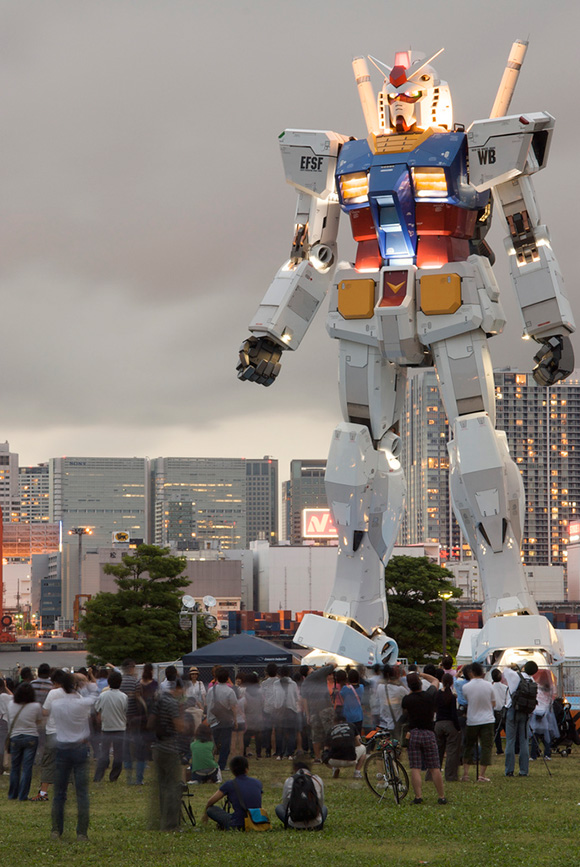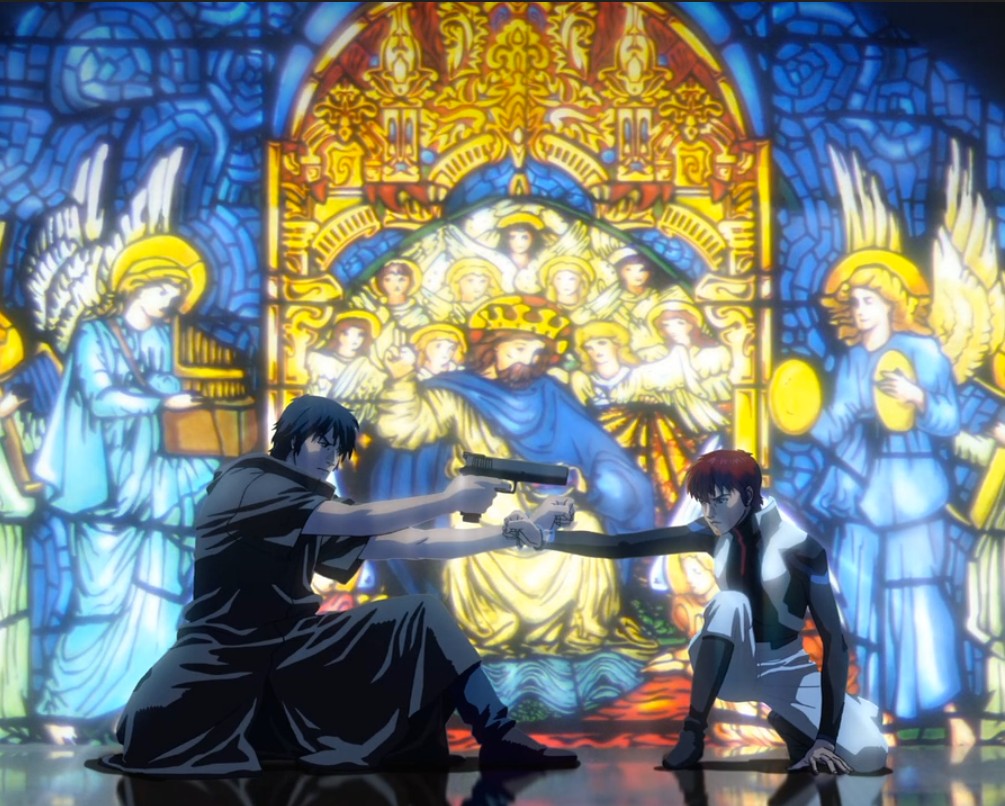
How popular is anime in South Korea?
Thank you for the request. Anime has been very popular in South Korea among normally kids and some adults. Especially aged South Koreans have thought animations are for children, not something for adults to watch. But, it’s much less among youngers and present 20s don’t care.
What is the most popular anime among teenagers in Japan?
Japanese anime and manga are incredibly popular among teenagers and twenties. Usual stuff such as One Piece, Naruto, Dragonball Z, One Punch Man and the real geekish ones such as Nisekoi, Haganai, Idolmaster, Love Live, [insert all animes/mangas which involve cute moe girls here]…. and such are quite popular too.
Why is anime so popular in Thailand?
Why it’s on this list: Japanese culture does have a special place in heart of many people in Thailand since the early 80s and anime is one of them. Japan Expo Thailand is the biggest Japan event in Asia which is held in Bangkok every year.
How popular is anime in the Philippines?
More than half of the population in the Philippines watches anime. Also, an interesting fact is Dragon Ball, Sailor Moon, Slam Dunk, and One Piece were animated in the Philippines through Toei Animation Philippines. The Philippines is a pure example of anime rich culture outside Japan in Asia.

What is Korean anime called?
hanguk aeniTo distinguish it from its Japanese counterpart, Korean animation is often called hanguk aeni (Korean: 한국 애니; lit. Korean animation) or guksan aeni (Korean: 국산 애니; lit. domestic animation).
Why does Korea not make anime?
First of all, Korea never needed to make anime because Japanese anime is famous in Korea. They don't need to, Kpop and K dramas are huge money makers and frankly they're better at live action stuff than Japan, so Korea should just play to their strengths.
Is anime Korean or Japanese?
Anime (Japanese: アニメ, IPA: [aɲime] ( listen)) is hand-drawn and computer-generated animation originating from Japan. Outside of Japan and in English, anime refers to Japanese animation, and refers specifically to animation produced in Japan.
Is most anime made in Korea?
Nearly every anime production has at least SOME work done in Korea (although Japan has started outsourcing more and more work to less developed, cheaper Asian countries).
Is Korea good for animation?
While animation has long been associated with Japanese anime or the major U.S. studios, South Korea has established itself as a hub for animation production, according to Park.
Is there any Korean anime?
Though not well-known in the USA, Korean anime, or aeni, has a lot to offer its viewers. Many of the best Korean anime are actually films, so if you're a movie buff looking to expand their knowledge of East Asian cinema, aeni is a great place to start.
Does South Korea like anime?
Most of the anime fandom in Korea is a fan of said series. Other popular anime in Korea are Bleach, Dragonball, and Naruto. The interesting thing is that most anime fans in Korea are teenage boys, hence the popular titles. Korea also released some anime of their own, but it did not get as popular as Japanese anime.
What is the #1 anime in the world?
Anime Top 10Top 10 Best Rated (bayesian estimate) (Top 50)#titlerating1Fullmetal Alchemist: Brotherhood (TV)9.082Steins;Gate (TV)9.043Clannad After Story (TV)9.028 more rows
What countries have anime?
It is a short-live trend that does not consider many other aspects of anime, especially the revenue it generates from those particular regions.. Taiwan.. Canada.. Malaysia.. Mexico.. South Korea.. Brazil.. France.. Philippines.More items...•
Is anime popular in China?
Thanks to a surge in Chinese interest, anime sales are now booming: in 2015 alone, sales of the Japanese cartoons rose by 79 percent, with more than half of that increase coming directly from Chinese buyers. Having captured the hearts of the Chinese youth, anime is now coming for their wallets too.
Which cartoon is famous in South Korea?
Top 10 Korean Cartoons for KidsPororo the Little Penguin (뽀롱뽀롱 뽀로로) One of, if not the most, popular cartoons in South Korea is Pororo the Little Penguin. ... Tobot (또봇) ... Super Wings (출동! ... Octonauts (옥토넛) ... Robocar Poli (로보카 폴리) ... Peppa Pig (페파피그) ... BabyBus (베이비버스) ... PJ Masks (출동!More items...•
Is demon slayer popular in Korea?
Demon Slayer -Kimetsu no Yaiba- The Movie: Mugen Train is the second-highest-grossing anime film in South Korea behind Your Name, which made US$24,570,977 on the back of 3,637,599 tickets sold.
Why is anime so popular in Indonesia?
Anime also became a cultural phenomenon in Indonesia because its viewers grew up watching anime on national television after school hours (around 5 pm to 8 pm). If this is how Indonesian 80s, 90s, and early 2000s kids grew up, it’s no wonder how Japanese anime quickly gained momentum in many South East Asian nations.
When was anime popular in Brazil?
Why it’s in this list: Even before the era of Dragon Ball Z during the 1990s, anime has been popular in Brazil way back in the 1960s. During the 1960s, Japan and South America had a strong international and immigration relationship, particularly with Brazil.
Why is anime a social phenomenon in the Philippines?
Anime is also ‘a social phenomenon in the Philippines ’ because ‘ Filipino college students ’ help shaped the Otaku community. There are over 64 million Filipinos supporting the anime industry and community in the Philippines. 6. .
What countries were dubbed in the 90s?
Spanish-dubbed animes were also distributed to Spanish-speaking countries like Argentina, Bolivia, Chile, Colombia, Mexico, Peru, and Venezuela. If different nations can watch anime in ...
What language do Filipinos use?
Filipinos also dub televised anime shows in Tagalog (the most-commonly used language in the Philippines). These Tagalog-dubbed anime shows were ‘broadcasted in several primary network stations of the country’ during the 80s, 90s, and early 2000s.
What were the first shows that Brazilians and Japanese people traded?
If Brazilians and Japan can trade goods, then ‘ anime is also one of those goods that were traded’. ‘ Speed Racer ’ (1960s – 1970s)and ‘ Space Battleship Yamato ’ (1980) were the first shows to draw Brazilian’s attention to Japanese animation. Then, the early 90s kids were introduced to Dragon Ball Z and Sailor Moon.
Where did anime come from in 2005?
During the Internet Boom in 2005, anime scenes from the 90s and early 2000s that were uploaded in YouTube gained many South-East Asian fans! Some of these fans and commenters came from Indonesia, Thailand, Taiwan, Hong Kong, Malaysia, and Philippines.
What is the Korean animation industry?
South Korean animation, or aeni ( / ˈæni /; Korean: 애니 ), has become an industry that produces characters for other countries' companies, exports its creations globally and generates billions of dollars in profits.
How many animation studios are there in South Korea?
The South Korean animation industry can be considered dynamic as there are more than a hundred animation studios. While it is mostly firms in South Korea that contract with Western studios, some of the work is reported to be subcontracted to North Korea as well.
What is the name of the Korean subway based on a Larva character?
Korean animation characters in public spaces. Tayo bus 'Rudolph'. Larva subway was a subway based on and featured a Larva character. It operated from November 2014 until May 2015 on line No. 2.
What was the Korean market share in 2010?
In 2010, according to the Korea Creative Content Agency, the Korean market share of domestic characters was about 28% and the remaining 72% was for foreign characters, such as those from Japan and USA.
What was the first anti-communist animated film?
General Ttoli / 똘이장군 (1978) - South Korea's first anti-communist animated film. Since this animated film became popular with Korean children, numerous anti-communist animated films have been produced in South Korea. However, the film is also criticized for its explicit portrayal of violence and political messages.
Is Korean culture better than Japan?
“Korean pop culture today is in better shape to compete” with Japan’s, said Lee Jin Sik, an official of South Korea’s Ministry of Culture and Tourism. “We are more confident about Korean culture. Culture is a two-way street, and this should give a boost to our own industry.”
Is Tube a Korean band?
It is one of many Japanese bands that long has had an underground following in Seoul, especially among college students. The music of Tube, the quartet playing at the New Year’s Eve concert, is also well known thanks to a South Korean band named Can, which plays its songs in Korean. (The arrangement exploited a loophole in the complex restrictions on Japanese culture that permitted Japanese pop songs sung in languages other than Japanese.) The bands will play together at the debut concert.
What is the name of the young Korean filmmaker who made Train to Busan?
Yeon Sang-ho is one of the hip young gunslingers of South Korean cinema. His 2016 live-action debut was the action-horror masterpiece Train To Busan but his background was in animation, and 2011’s The King Of Pigs was the film that put his name on the map. A sudden, disturbing act of violence leads to a meeting between two men who then revisit memories of their school days, uncovering shocking memories of bullying and childhood trauma. Complex subject matter for any film-maker, and antithetical to anything mainstream Western animation is currently capable of, Sang ho’s film is an unsettling triumph. The film recalls William Golding’s Lord Of The Flies as it examines the horrific depths of children’s capacity for cruelty, all framed by a punky, unconventional animation style. Not an easy watch, but an essential one nonetheless.
Is animation in South Korea?
Fun fact, South Korea’s animation industry is the third largest in the world (behind the US and Japan ). Where once its primary earning was through providing animation for clients overseas, South Korea’s animators are now making a name for themselves with a number of original productions. Here are some stand-out titles which are worth your attention;

Popular Posts:
- 1. why dragon ball z is the best anime
- 2. how to draw an anime boy full body
- 3. did you just cum in your sister anime
- 4. how to draw anime or manga
- 5. are they making killing stalking anime
- 6. how to use anime filter on instagram
- 7. must watch anime 2010
- 8. how to store anime figure boxes
- 9. do spoilers ruin anime for you domain_10
- 10. who uses six samurai in yugioh anime